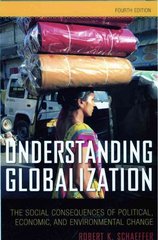Question 3: The aggregate investment function [30 Marks) Understanding investment behavior is important to understanding the cyclical behavior of the economy. Here we start with a simple production function, similar in spirit to that of question 1 only now labour's contribution is indexed at one. Y = AK 9' In the above, Yis output, K is the capital stock and ais capital's share in output. a) Derive an expression for the desired capital stock (K d) with Yon the right-hand side. In addition show that the elasticity of K d with respect to Yis one. b) Based on your equation for Kd, derive an equation for gross investment (I) and discuss how it is related to both Yand the user cost of capital (uc). Now suppose that the marginal product of capital for the rm is taxed at a rate (1'). Defining the real rate of interest as r, depreciation as d and Pk is the price of capital, show how the existence of the tax affects the user cost of capital (ac) and your investment equation. c) You are given the following information: Y = 100,- r = 5%; d = 12.5%; 1': 30%; a: 0.25ande :1. If the current capital stock (Kt) is 102, what is the level of investment? d] You will now study the role of depreciation and obsolescence. 1] Start by assuming that d rises to 15%. Calculate the effect that this has on investment. You will note that there are two competing effects. In the first term in your investment equation, a rise in depreciation lowers the desired demand for capital since the user cost has risen. That said, the rise in depreciation also tends to increase actual investment spending, as more of the capital stock needs to be replaced. This is shown in the second term of the investment equation. 2] Working with these two concepts, assume that new investments in capital are much longer lived than the existing capital stock (K). You can think more powerful computers with better, longer-lasting batteries. In this case, we can imagine that d in the user cost term falls to 10%, while the d in the capital stock term rises to 15%. Based on this information, nd the effect on investment. [You may nd it easier to do your calculations on Excel]







